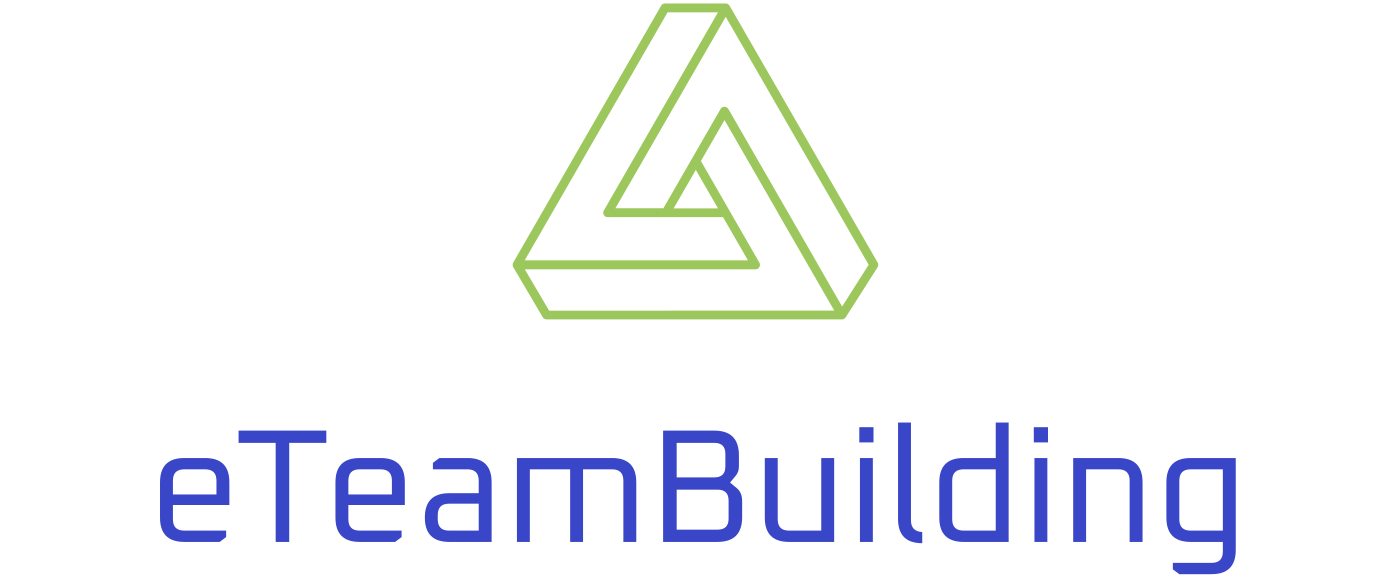We’re well aware of the struggles of a manager. Creating a team that exposes cohesiveness, in which communication and trust are valuable, where company culture is fostered, and where people are proactive, productive, and happy – that is quite a challenge. All the more so since remote collaboration has become a thing.
With the right team building objectives and goals, you can achieve team development but there’s no secret recipe for that. In today’s article, we’re going to explain and support the 5 stages of team development – what they mean, how to make them work for your people, and the tools that are out there, meant to make your life a whole lot easier.
What are the stages of team development?

As a means to enhance teamwork and optimize organizational efficiency, researcher Bruce Wayne Tuckman published ‘Tuckman’s Stages’ in 1965. This model elucidates the four stages of development that all teams progress through over time, namely forming, storming, norming, and performing. In 1977, Tuckman and doctoral student Mary Ann Jensen introduced an additional stage called adjourning, thus rendering it the 5 stages of team development.
These team development phases provide a framework for characterizing the evolution and performance of teams. Even though they are of particular relevance to sports teams, they are also applicable to other groups, such as businesses, families, and friendships.
The 5 stages of team development
1. The first stage of team development: Forming
As a team manager, it’s important to understand that the forming stage marks the beginning of a new team’s journey. During this stage, team members come together for the first time and start to establish a common understanding of what they will be doing. This stage is often characterized by the process of getting to know each other and building trust.
To ensure that this team development phase is successful, it’s critical to create an environment where team members feel safe enough to be themselves without fear of judgment or criticism from others. This helps to establish trust between team members and ensures that they share similar goals and values.
As a team leader, you can take several steps to help facilitate this process. First, during your first project team meeting, explain each person’s specific role and responsibilities. Next, clearly outline the project’s goals, expected outcomes, and overall strategy. For example, if the goal of the project is to increase customer acquisition, explain the steps involved in achieving this, such as identifying the causes of stalled growth, developing a plan to fix the problem, and executing the plan.
It’s also important to share the project roadmap with the team so that everyone can see the project’s starting point, proposed check-in points, and end goal. This gives team members insight into the bigger picture while breaking down the timeline into smaller, achievable increments.
To support effective collaboration, it’s important to choose a project management tool that allows you to plan the entire project, assign deadlines and responsibilities, and share files and other collateral in one place. Cloud-based project management tools like Teamwork Projects provide granular permissions for privacy and easy access to all team members.
Finally, to accommodate remote teams, it’s recommended to use a video conferencing platform like Zoom to conduct team meetings. This allows team members to meet from anywhere and share their screens simultaneously. It’s also a good practice to record and store the meeting in Teamwork Projects so that team members can revisit it at any time if they need a reminder of the discussion.
2. The second stage of team development: Storming
As the team progresses, conflicts and competition may emerge, marking the storming stage as the most critical and challenging phase to navigate. This stage of group development is characterized by individuals asserting themselves, voicing opinions, and exhibiting passion and competitiveness. During storming, disagreements may arise, resulting in tension and frustration within the group. If left unaddressed, these negative emotions could escalate into resentment, anger, and even sabotage, leading to arguments, power struggles, and gossip.
To avoid such outcomes, it is essential to manage emotions and preserve positive relationships.
As a team leader, it is crucial to intervene when team members are in conflict, instead of letting them engage in private battles. By inviting them to a chat room, you can offer guidance, and advice, and ask key questions that help to resolve the issue. As the team leader, your perspective on the entire project or your team’s segment can provide valuable insights that team members may not have considered. Documenting successful solutions and processes can also help the team navigate future problems and adapt as needed.
To enhance collaboration and ensure easy access to essential documents, use a collaboration tool like Teamwork Spaces. It enables you to organize and store all critical documents in one place, saving the team valuable time that would otherwise be wasted searching for materials. By leveraging the power of Teamwork Spaces, you can inspire your team to collaborate and find productive compromises when conflicts arise.
3. The third stage of team development: Norming
As a team manager, it is essential to understand that teams tend to become more stable as they gain experience. With time, team members start to work together more cohesively, trust each other, and develop closer relationships. This marks the onset of the third stage of team development where the team members have a strong sense of belonging and trust. In this phase, teams establish rules and procedures that guide their decision-making and behavior.
To help your remote team stay on track, it is crucial to hold regular check-ins such as daily stand-up meetings or mid-week progress reports. These meetings provide an opportunity to ensure that everyone is on the same page and has the necessary resources to complete their tasks. As a team leader, it is important to encourage your team to step back periodically to take a holistic view of the project’s larger picture.
To simplify communication and progress updates, you can leverage technology tools such as Teamwork Chat for quick information sharing and Zoom for weekly 1:1 meetings with each team member. The notes from these meetings can be stored in Confluence for easy access. Additionally, Teamwork Projects provides progress reports that can be shared with the team and stakeholders, ensuring that everyone is accountable for their time management. These tools help team members stay informed of changes and adjust their work accordingly in real time.
4. The fourth stage of team development: Performing

As a team progresses through its development, it reaches the fourth team development stage, where it establishes itself as a cohesive unit. In this phase, known as the performing phase, team members feel confident and capable of performing at their peak level. They are comfortable sharing information and discussing problems openly, leading to the team delivering results.
To support the team’s productivity and collaboration during this stage, team leaders should remind team members to regularly check in with each other but avoid interrupting them during large blocks of time scheduled for focused work. It’s crucial to encourage independence and help team members maintain their focus on important goals amid constant notifications and interruptions, particularly in creative and development teams.
To improve productivity and streamline workflows, team leaders should provide tools that are easy to use and automate basic functions. For instance, HubSpot is a great tool for marketing automation, including updating social media, sending email marketing campaigns, and creating lead magnets. Before committing to a tool, team leaders should let their team experiment with it during a free trial period to ensure that it meets their specific needs and is compatible with other products they use.
5. The fifth stage of team development: Adjourning
In the original model presented by Bruce Tuckman, the first four stages were proposed, with the Adjournment stage added subsequently. Once the project for which the team was assembled is accomplished, the team is dissolved, marking the adjournment stage.
In this team development phase, the team has successfully accomplished its goals and objectives, and it is time to reflect on the experience to identify opportunities for improvement. To facilitate this, team leaders can organize a brainstorming session with team members, where each member shares their insights and ideas on what worked and what did not work in the project.
Some questions that can guide the session are:
- What changes can be made to the team and project introduction process?
- What additional documentation would be helpful for issue resolution?
- What support can team leaders offer to improve team efficiency?
- Which tasks took the most time?
- What team members should be added or removed to improve the team’s expertise and efficiency?
- Which tools worked best and which hindered progress?
To conduct this meeting, virtual platforms such as Zoom can be used to facilitate remote participation. An agenda can be created to structure the session, and a document can be established to track ideas and comments during the meeting. After the meeting, the notes can be shared with the team so that everyone has access to them and can review them later. Each team member should be given sufficient time to share their insights and ideas, and extra time should be allocated to review and answer questions on the ideas presented.
What are the benefits of team development phases?
Once you understand and apply these notions to your own team, you will start noticing and enjoying some valuable perks:
- Enhanced communication skills: Effective communication is an essential aspect of team development, as it results in better understanding, fewer errors, and streamlined processes.
- Heightened productivity: Teams that have advanced through the stages of development are highly productive, collaborating seamlessly, exchanging information, and utilizing established decision-making and problem-solving procedures.
- Superior quality of outcomes: When teams work in unison, they are able to produce better quality results due to the unique skills and perspectives each member brings to the table, leading to a more comprehensive and varied approach to problem-solving.
- Increased job satisfaction: Team members feel more content with their jobs when they trust and belong to a team, which leads to increased motivation, productivity, and job satisfaction.
- Improved retention rates: Teams that have matured into the performing stage are more likely to stay together, leading to higher retention rates that benefit the organization’s bottom line.
- Learning and growth opportunities: As teams progress through the various stages of development, they learn from their successes and failures, resulting in opportunities for individual and team learning and growth, which can help the organization in the long run.














